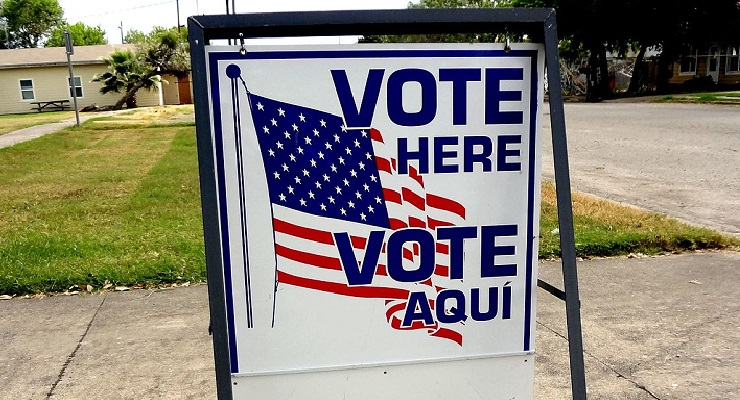
Straight-ticket voting is officially dead in Texas as a national move away from the system continues. Ballot Access News made the announcement in this post:
On June 1, Texas Governor Greg Abbott signed HB 25. It repeals the straight-ticket device. Now, the only states that still have them are Alabama, Indiana, Kentucky, Oklahoma, Pennsylvania, South Carolina, and Utah; and whether Michigan continues to have the device depends on the federal courts. Thanks to Jim Riley for this news.
The end of the Texas straight-ticket voting system brings the state closer to national norms. A Ballot Access News post by Richard Winger has the latest:
On Saturday, May 20, the Texas House again passed HB 25. It had passed earlier but then the Senate had amended it to postpone the effective date until after the 2018 election. Therefore the House had to consider that amendment. The House did accept the amendment, on Saturday. Thanks to Jim Riley for the news.
According to the Associated Press, the bill had “advanced with Republican support over Democratic objections”. Also:
The state House originally passed the bill, then voted 89-45 on Saturday to approve changes made in the Senate. It now goes to Gov. Greg Abbott, who can sign or veto the bill, or allow it to become law automatically. For now, Texas is one of 10 states allowing straight-ticket voting. Twelve others have scrapped it since 1994.
The National Conference of State Legislatures defined straight ticket voting like this:
Straight-ticket voting (also called straight-party voting) allows voters to choose a party’s entire slate of candidates with just a single ballot mark. Voters make one punch or mark on the ballot in order to vote for every candidate of that party for each partisan office on the ballot.
A total of nine states allow or offer straight-ticket voting (STV). With a few exceptions, the straight-ticket option is available in all general elections, and applies to all partisan offices on the ticket, including federal, state and local races.
Leave a Reply